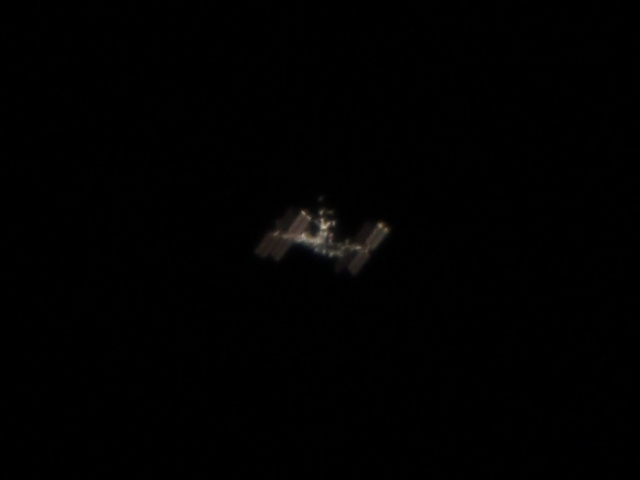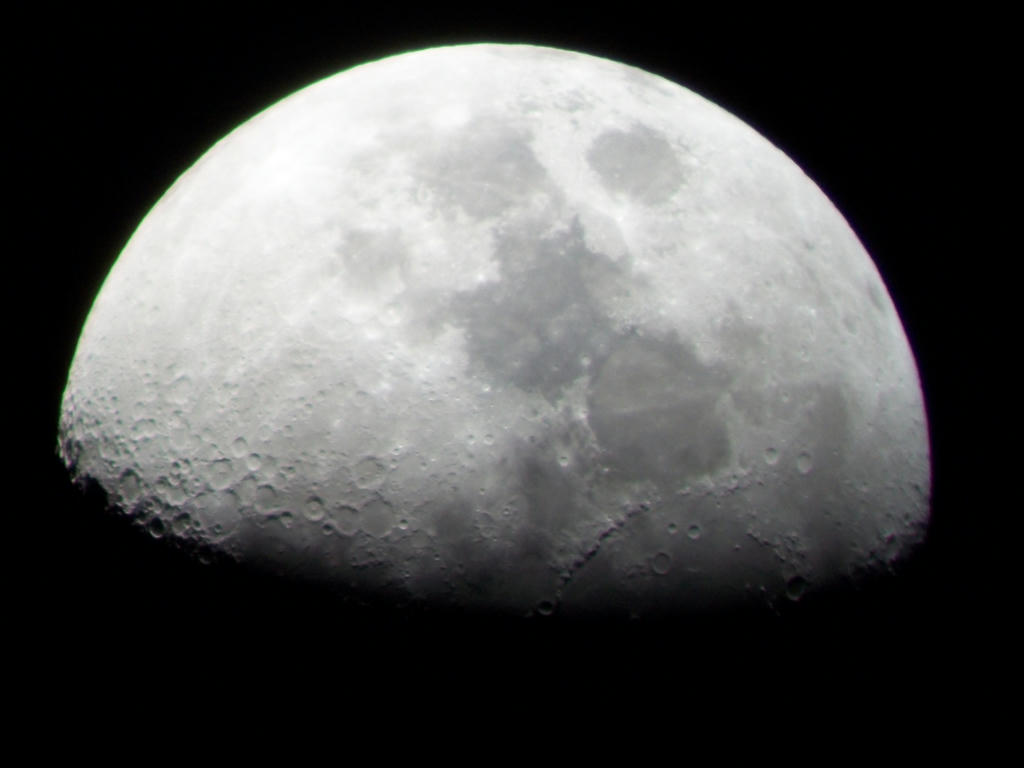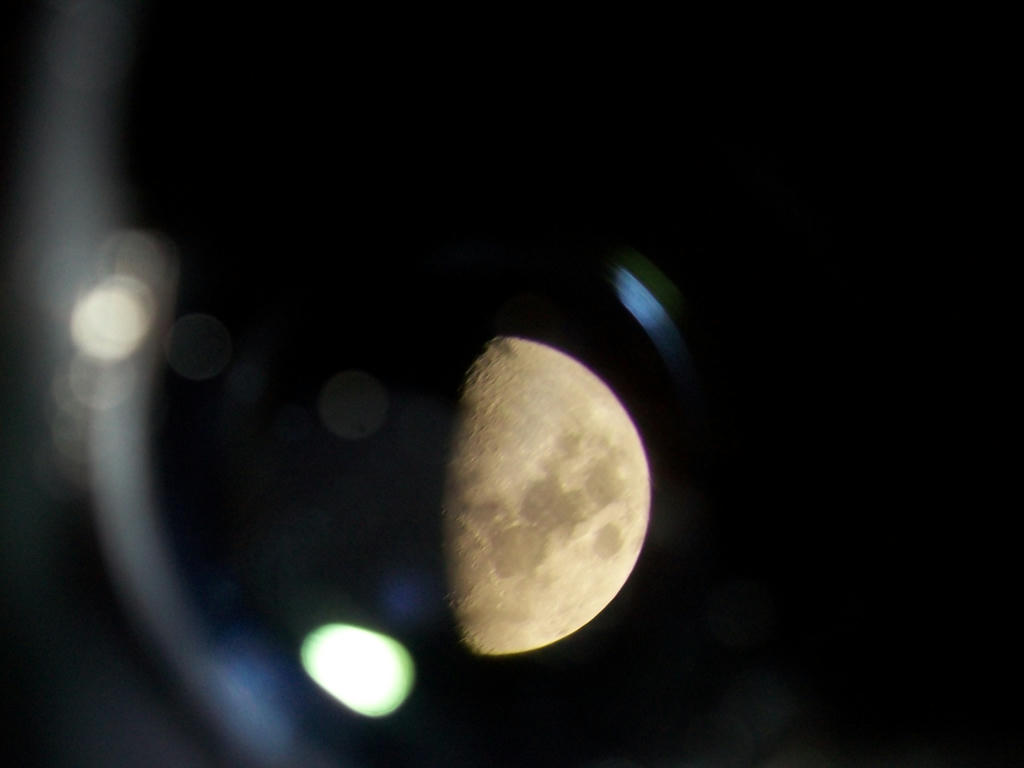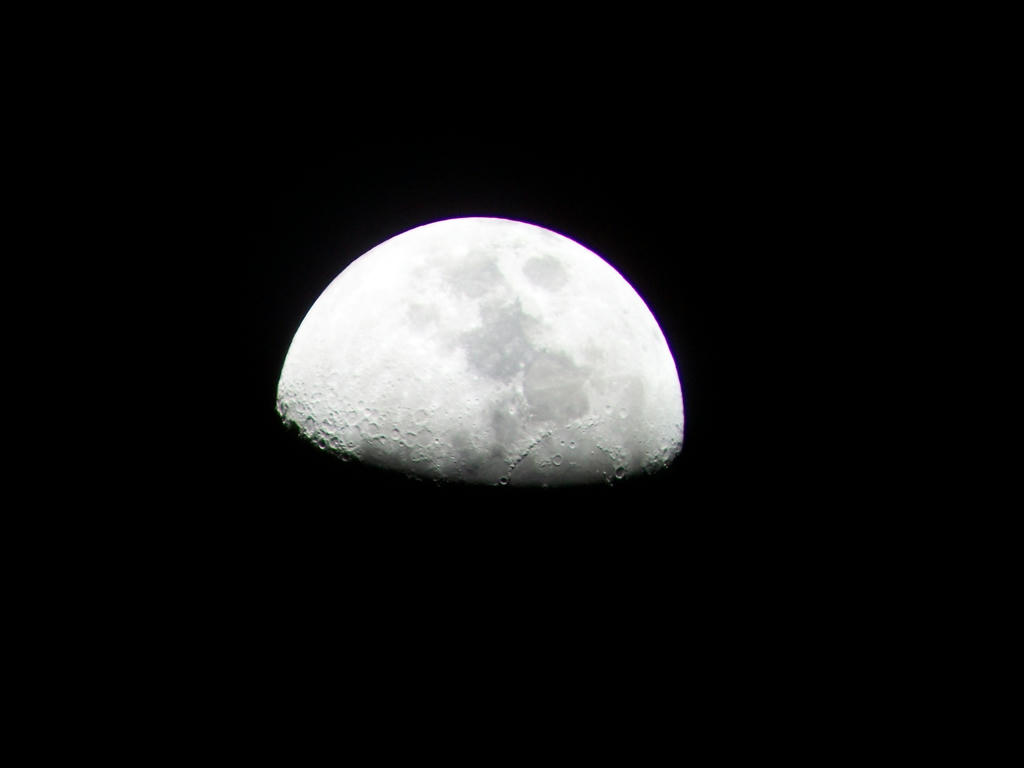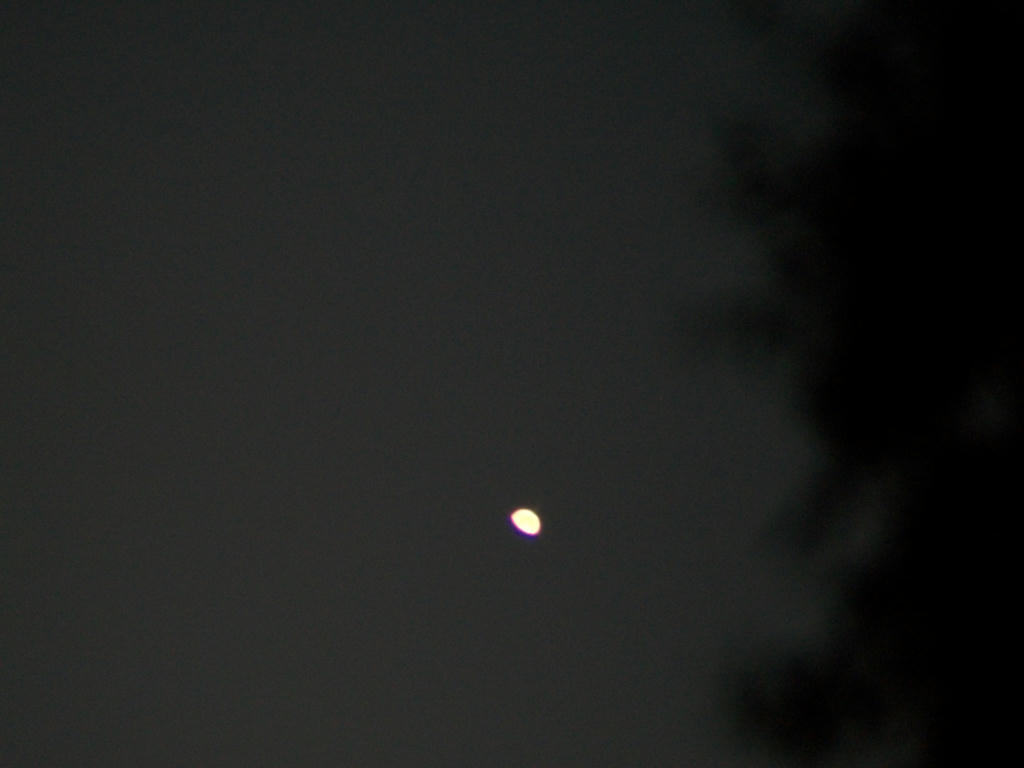- Joined
- Jul 19, 2014
- Messages
- 172
- Reaction score
- 1
- Points
- 18
- Location
- MilkyWay/OrionArm/SolarSystem/Earth
Photo of the Horsehead and Flame nebula.

Manually guided for charity as part of the "Light Bucket Challenge" this past weekend.
https://www.youtube.com/watch?v=I-R6PnLQQsc
Is that photo real?, becuase if it is real the telescope must be amazing.




